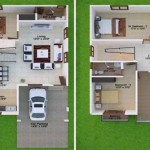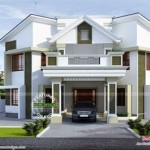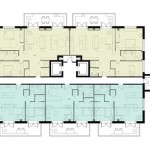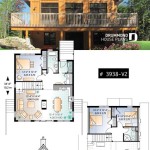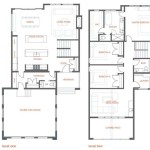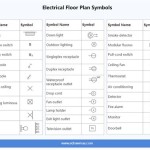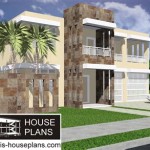House Plan Layout Ideas: Essential Considerations for a Functional and Aesthetic Home
Designing the layout of your house is a crucial step in creating a space that meets your needs, enhances your lifestyle, and reflects your personal style. Here are some essential aspects to consider when planning the layout of your home:
1. Flow and Functionality:
The flow of your home should be seamless, allowing for easy movement between rooms and functional spaces. Consider the natural flow of activities, such as from the kitchen to the dining area or the living room to the bedrooms. Avoid creating bottlenecks or awkward transitions between spaces.
2. Zoning and Privacy:
Separate your home into distinct zones, such as the public zone for entertaining, the private zone for sleeping and bathing, and the service zone for cooking, laundry, and storage. This zoning ensures privacy and minimizes noise and distractions between different areas of the house.
3. Natural Light and Ventilation:
Maximize natural light and ventilation by positioning windows and doors strategically. Natural light creates airy and inviting spaces, while adequate ventilation promotes air quality and comfort. Consider the orientation of your home and the position of the sun to optimize sunlight and cross-ventilation.
4. Room Relationships:
Consider the relationships between different rooms. Plan for proximity between rooms that are frequently used together, such as the kitchen and dining area or the master bedroom and en suite bathroom. This reduces unnecessary steps and enhances convenience.
5. Storage and Built-Ins:
Incorporate ample storage space throughout your home to maintain order and avoid clutter. Consider built-ins, such as closets, shelves, and drawers, to maximize space and create a cohesive aesthetic. Plan for both everyday items and seasonal storage to ensure all your belongings have a designated place.
6. Outdoor Living Spaces:
Seamlessly integrate outdoor living spaces into your home's design. Patios, decks, or verandas can extend your living area and provide a connection to nature. Consider the transition between indoor and outdoor spaces, ensuring easy access and a visually appealing flow.
7. Style and Aesthetics:
The layout of your home should align with your desired architectural style and interior design aesthetic. Whether you prefer traditional, contemporary, or minimalist, the overall layout should reflect your personal taste and create a harmonious and cohesive environment.
Conclusion:
Creating a functional and aesthetically pleasing house plan layout requires careful consideration of various factors. By prioritizing flow, zoning, natural light, room relationships, storage, outdoor living spaces, and style, you can design a home that meets your specific needs and enhances your daily life. Remember to consult with experienced professionals, such as architects and interior designers, to guide you through the process and ensure the best possible results.

House Plans How To Design Your Home Plan

Small House Design 2024001 Pinoy Eplans Floor Plans

Top 40 Unique Floor Plan Ideas For Diffe Areas Engineering Discoveries Bungalow Plans Three Bedroom House

House Plans How To Design Your Home Plan

House Floor Plans Your Best Guide To Home Layout Ideas Decorilla Interior Design

Small House Plans Popular Designs Layouts

Floor Plans Types Symbols Examples

3 Bedroom House Plans Your Guide To Perfect Home Design

35 Amazing House Plan Design Ideas For Diffe Areas Engineering Discoveries Floor Plans Small

28 Modern House Designs Floor Plans And Small Ideas

